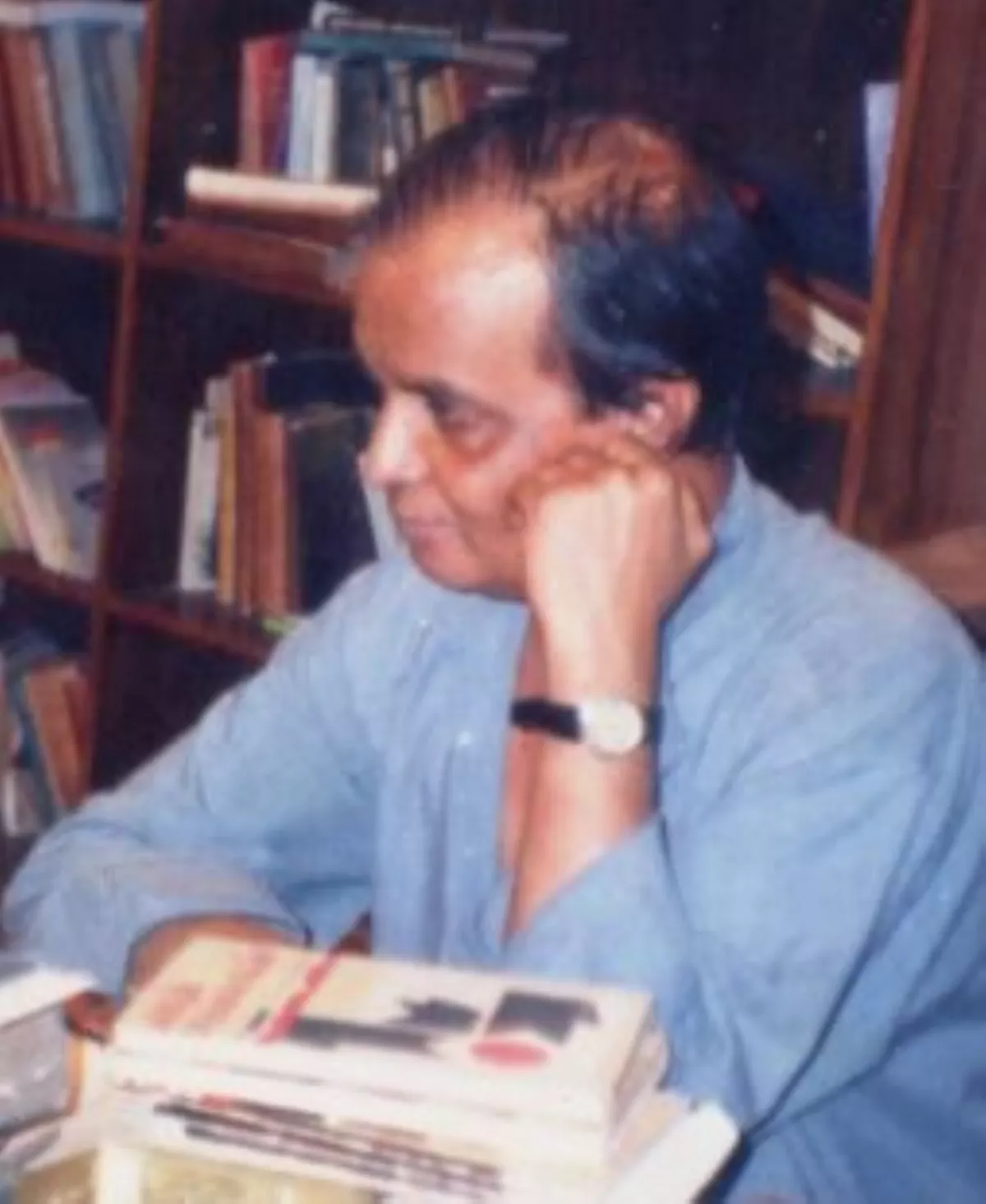 1.
1. Ahmed Sofa's Bangali Musalmaner Man is a highly acclaimed critical survey of the formation of Bengali Muslims' identity, causes of their backwardness, their development as a community, and their intellectual progress.

 1.
1. Ahmed Sofa's Bangali Musalmaner Man is a highly acclaimed critical survey of the formation of Bengali Muslims' identity, causes of their backwardness, their development as a community, and their intellectual progress.
In Buddhibrittir Natun Binyas, Ahmed Sofa mapped the intellectual landscape of Bangladesh, delineating general opportunistic tendencies of Bangladeshi intellectuals, their collaboration with the Establishment, and their failure to bring any real material change in postcolonial Bangladesh.
Ahmed Sofa remains one of the most powerful intellectual influences in Bangladesh through his works and legacy.
Ahmed Sofa was called rebel, mad, insolent, devoid of respect for authority, and an overly uncompromising figure among the intellectuals.
Never to be co-opted by the establishment, Ahmed Sofa rejected Lekhak Shibir Award in 1975, and Sa'dat Ali Akanda Award offered by Bangla Academy in 1993.
Ahmed Sofa was awarded Ekushe Padak posthumously by the Government of Bangladesh in 2002.
Ahmed Sofa was born into a family of farmers at Gachbaria in the district of Chattogram.
Ahmed Sofa's father was Hedayet Ali, and his mother, Asiya Khatun.
Ahmed Sofa was supported by his elder brother, Abdus Sobi, to carry on his work in literature.
Ahmed Sofa received his secondary and higher secondary education in Chattogram.
Ahmed Sofa moved to Dhaka in 1962 and were admitted to the Department of Bangla in the University of Dhaka.
From 1969 till his death, Ahmed Sofa served many newspapers, weekly and monthly magazines as chief editor, literary editor or advisory editor.
Ahmed Sofa died of cardiac arrest on 28 July 2001 in a hospital in Dhaka.
Ahmed Sofa was buried in the close to the Mirpur Martyred Intellectual Graveyard.
Ahmed Sofa attributed the causes of the backwardness of Bengali Muslims to the detachment of the ruling class from the mass people.
In Buddhibrittir Natun Binyas, Ahmed Sofa mapped the intellectual landscape of Bangladesh delineating general opportunistic tendencies of the intellectuals, and their collaboration with the Establishment before and after the liberation of the country.
Akhtaruzzaman Elias commented that Ahmed Sofa mastered the craft of story-telling in his early youth.
Ahmed Sofa placed the supreme institution of Bangladesh, Dhaka University, in a satirical milieu in Gabhi Bittano.
Ahmed Sofa planned the novel to be a monument of his love.
Ahmed Sofa opened several free school for the children of slum-dwellers in Dhaka.
Ahmed Sofa organized Sampradayik Dangar Biruddhe Sampreeti Committee, Taranga, Nagarik Shakti, etc.
Today, Ahmed Sofa is widely regarded as one of the greatest writers in the Bengali language.
In Farhad Mazhar's opinion, Ahmed Sofa examined and surveyed Bengali Muslim society and the birth of Bangladesh so closely and intimately that nobody would make any progress in any field in Bangladesh, be it Bangladeshi politics, literature, or culture unless one studies and understands Sofa's works properly.
In Chittagong, Ahmed Sofa Centers founded by a teacher at Chittagong University commemorates his work through its activity.
Ahmed Sofa was called rebel, devoid of regards for authority, and unnecessarily uncompromising harming his personal good.
Ahmed Sofa published 18 non-fiction books, 8 novels, 4 collections of poems, 1 collection of short stories, and several books in other genres.
Ahmed Sofa's writings were initially published in journals, newspapers, weekly and monthly magazines, then reprinted in standard book formats.